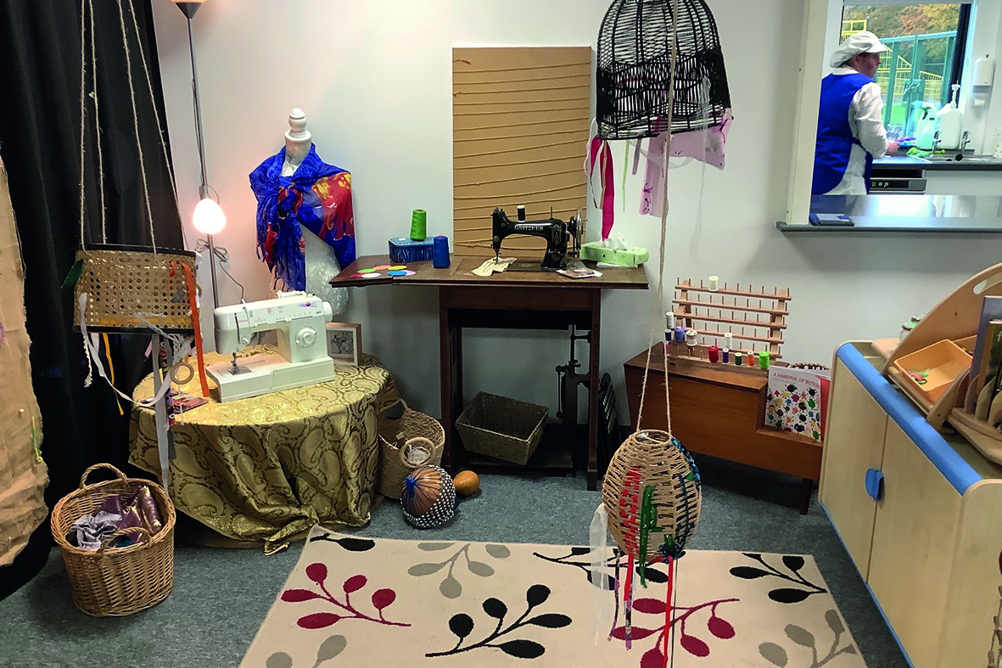
People across the world have heard about the pre-schools of Reggio Emilia, which were set up in the Italian province of the same name in the years following the Second World War. Today, they remain a bastion of world-leading practice, with a ‘pedagogy of listening’ to and valuing children.
Reggio schools were founded by members of the Union of Italian Women (UDI), an anti-fascist association founded in 1944, and the Catholic Italian Women's Centre, as a direct response to the war. These self-managed pre-schools promoted a new values-based type of learning, based on open dialogue and mutual respect, equality and self-confidence, all essential in resisting oppressive institutions and tyranny. These ‘formed a cultural and social legacy that would become integral to the identity of Reggio Emilia's future educational project’ (www.reggiochildren.it).
Register now to continue reading
Thank you for visiting Nursery World and making use of our archive of more than 35,000 expert features, subject guides, case studies and policy updates. Why not register today and enjoy the following great benefits:
What's included
-
Free access to 4 subscriber-only articles per month
-
Unlimited access to news and opinion
-
Email newsletter providing activity ideas, best practice and breaking news
Already have an account? Sign in here
